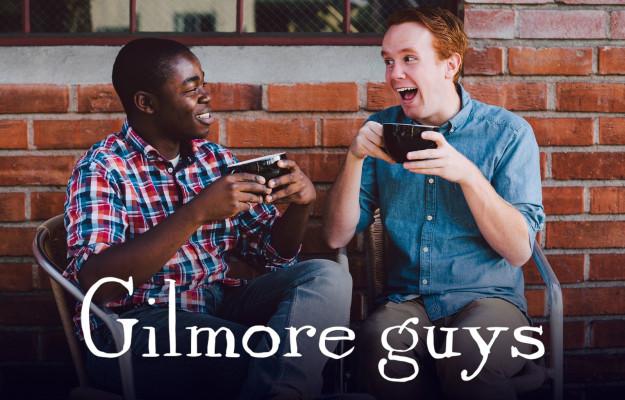If you wake up with the urge to order a BlueApron meal, sleep on a Casper mattress or create a website using Squarespace, you have likely participated in the podcast craze. Even if you consider yourself a diehard podcast fan, there is no clear reason for popularity of podcasts in recent years. We are living in an age with more television, streaming services, music and video games available than ever before, so what is their appeal?
Podcasts are more than just a modern version of radio, which has been around for decades. Podcasts can be a sort of cultural marker, designating you as someone who seeks out and listens to certain shows.
Listening to podcasts is a way of marking oneself as knowledgeable about a certain subject, but beyond understanding a particular topic, listening to podcasts can make a person feel like they are in the know, seeking out knowledge intentionally. Maybe you don’t have time to read all 500 pages of “Helter Skelter,” but you can listen to the Charles Manson collection on the podcast “You Must Remember This” and still feel like an expert, full of Manson family trivia.
If the main benefit of podcasts to the listener is the joy of listening, then the extra tidbits of information that make the listener seem and feel smart are undeniable side benefits. If your friends are economics majors, maybe you haven’t taken Econ 202, but you can at least contribute that interesting fact you heard on “Planet Money.” A healthy, well-balanced podcast diet won’t make you an expert in anything, but it can make you a dabbler in many things.
The popularity of podcasts makes sense in a culture obsessed with productivity. With a few episodes queued up and your earbuds, you’re never limited to a single task again! That time you spent playing solitaire on your phone wasn’t really wasted—you got through two episodes of
“Modern Love”! That walk around the lake was a chance to disconnect, sort of, but also to listen to “Death, Sex and Money.” If they aren’t a means of multitasking, then podcasts can be a way to justify leisure or downtime, whether to yourself or others. Whatever task you were taking a break from, or doing at the same time, you were also learning about some niche topic for roughly 45 minutes.
Many podcasts also allow the listener to feel as though they are participating in something. The conversational tone of some of the most popular podcasts available today gives audiences a feeling of being in on relationship. Shows like “My Favorite Murder, “Call Your Girlfriend” and “Gilmore Guys” all rely on the premise of a few friends having a discussion that just happens to be recorded, yet feels like it could easily have taken place outside of the podcast format.
Fans of a podcast who listen from the beginning can follow along as the show develops its own lingo, phrases, and inside jokes. The shows often become self-referential, with early stories or incidents becoming frequently mentioned in later episodes.
Being a fan of a podcast, just like being a fan of a franchise, often comes with a sense of community. Shows like “My Favorite Murder” have a designated Facebook group for fans, in which the co-hosts frequently comment on posts and interact with members, but members can also form connections among themselves. Hosts from other shows such as “Reply All” and “Gilmore Guys” are active on Twitter and often respond to fans. These tweets or emails can often make it onto the podcast itself if the hosts find the fans had something interesting to say or ask. In this way, fans are not just reacting to a piece of media, but also shaping future content. Taking this fan interaction into the real world, some hosts have traveled to put on live shows, including “My Favorite Murder” which was recently in Boston, gathering fans together in a physical place.
Podcasts have achieved popularity from their ability to differentiate themselves from other forms of media. They allow the listener to feel like they are going away with something more than just entertainment: knowledge. They don’t demand visual attention, so they can be easily incorporated into other tasks in ways that, for example, television or books cannot. Finally, they allow a sense of engagement between the creator of the media and the consumer that does not exist on the same level in other mediums.



